
Aayushi Pratap
Science Writing Intern, Fall 2020
Aayushi Pratap was a fall 2020 science writing intern. She has a master’s degree in science and health journalism from Columbia University, as well as a master’s degree in biochemistry and a bachelor’s degree in zoology. Previously she worked as a health reporter with the Hindustan Times in Mumbai, India, covering public health. In her spare time, she swims, plays mediocre tennis and creates doodle art.

Trustworthy journalism comes at a price.
Scientists and journalists share a core belief in questioning, observing and verifying to reach the truth. Science News reports on crucial research and discovery across science disciplines. We need your financial support to make it happen – every contribution makes a difference.
All Stories by Aayushi Pratap
-
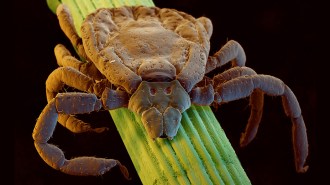 Life
LifeDog ticks may get more of a taste for human blood as the climate changes
At high temperatures, some brown dog ticks that can carry the bacteria that causes Rocky Mountain spotted fever seem to prefer humans over dogs.
-
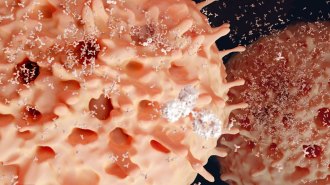 Health & Medicine
Health & MedicineProtecting the brain from infection may start with a gut reaction
In mice, immune cells in the meninges are trained to battle infections in the gut before migrating to the brain.
-
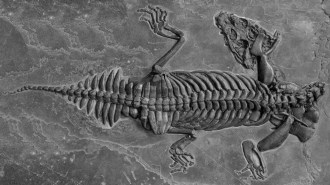 Animals
AnimalsA surprisingly tiny ancient sea monster lurked in shallow waters
Scientists have found a new species of marine reptiles called nothosaurs from around 240 million years ago.
-
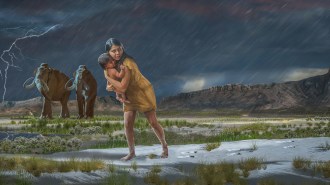 Humans
HumansThe longest trail of fossilized human footprints hints at a risky Ice Age trek
Researchers have discovered the world's longest trail of fossilized human footprints at White Sands National Park, New Mexico.
-
 Animals
AnimalsFire ants build little syphons out of sand to feed without drowning
To escape a watery death, some fire ants use build sand structures that draw the insects’ sugary, liquid food out of containers and to a safer place.
-
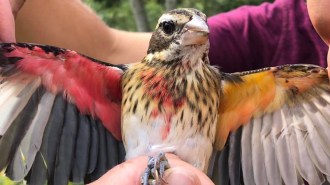 Animals
AnimalsThis rare bird is male on one side and female on the other
Researchers at Powdermill Nature Reserve near Pittsburgh spotted a bird with pink male coloring on half of its body and yellow female hues on the other.
-
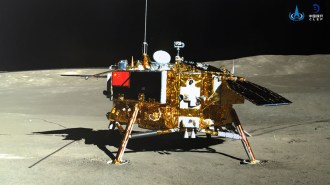 Space
SpaceA new moon radiation measurement may help determine health risks to astronauts
China's lunar lander measured radiation at the moon’s surface, finding the daily dose is 2.6 times as high as inside the International Space Station.